Miacids and the Evolution of Pets
Trace the journey of pet evolution with us. From cats to dogs, discover how pets have adapted to living with humans including ancestors.
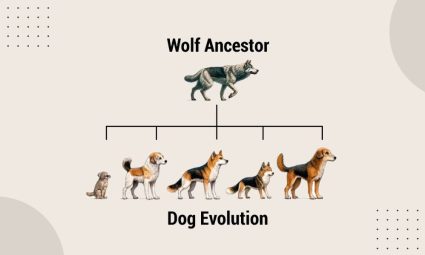
Trace the journey of pet evolution with us. From cats to dogs, discover how pets have adapted to living with humans including ancestors.
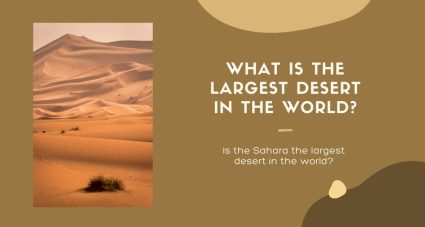
What is the biggest desert in the world? While the largest hot desert is the Sahara, Antarctica is the world’s coldest desert.
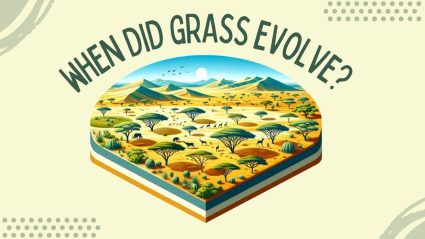
When did grass evolve? Grass first appeared around 55 to 65 million years ago. After the extinction of dinosaurs, grasses quickly spread.
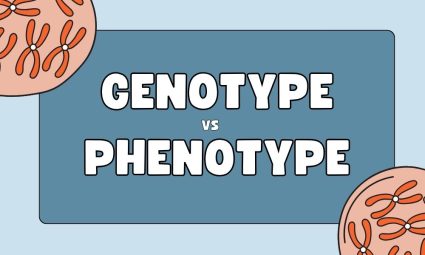
Genotype vs phenotype – Your genotype is the genetic blueprint that you inherit. Phenotype is the traits that show up in you.
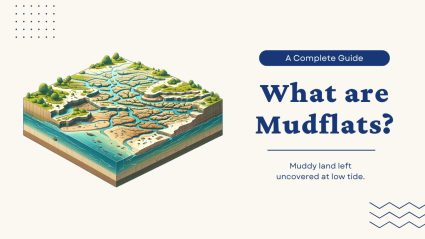
Mudflats are flat, muddy areas next to the sea or rivers. When the tide goes out, this exposes the wet, soft surfaces of a mudflat.
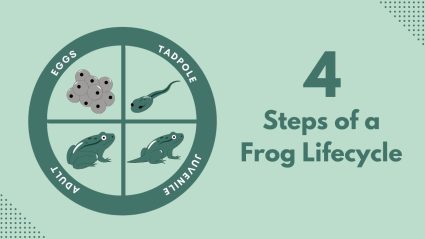
We’re hopping into the world of frogs to explore their incredible journey. In just four steps, we’ll uncover each stage of a frog lifecycle.
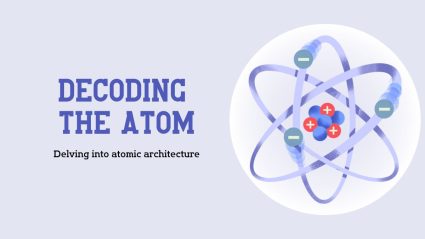
Atoms are the tiny building blocks of everything around us, from the air we breathe to the stars in the sky. Today we explore the atom.
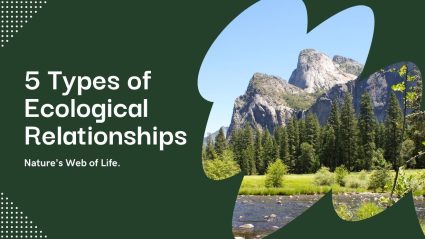
Nature interacts in some pretty interesting ways. Ecological relationships are like the friendships and rivalries in nature’s big community.
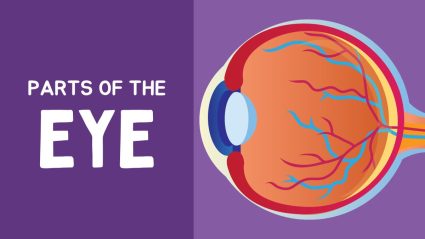
Our eyes are one of the most complex body parts because it’s like our window to the world. Learn about 10 important parts of the eye.
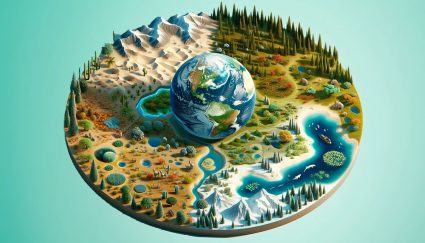
Ecosystems are like nature’s neighborhoods, where plants, animals, and living things work together. Learn about the types of ecosystems.
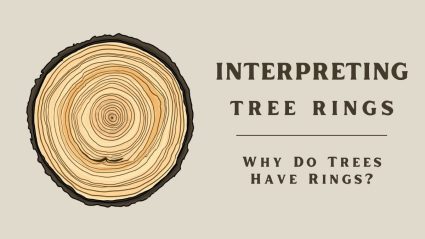
Tree rings are like a history book. They show us how old trees are and their environment like ring thickness, fire scars, and lopsided rings.
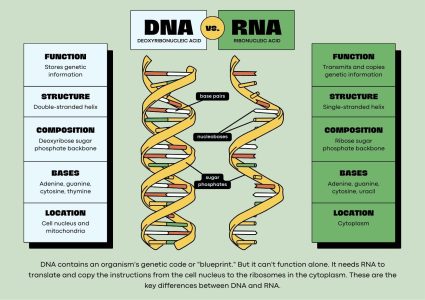
DNA and RNA are both crucial to life, yet they serve different roles in our cells. We explore various differences between DNA vs RNA.
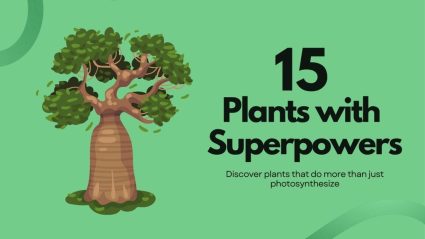
Plants do have some remarkable abilities that can seem extraordinary. Today, we’ll give you 15 examples of plants with superpowers.
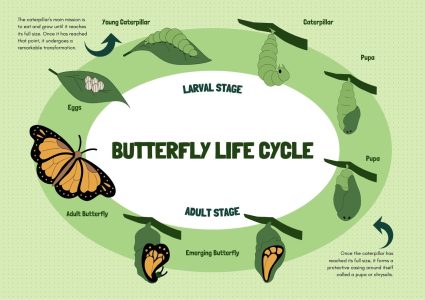
The butterfly lifecycle is a process of change and growth. It goes through four main stages: egg, caterpillar, chrysalis, and butterfly.

The evolution of the atomic model includes the Billiard Ball, Plum Pudding, Nuclear, Planetary, and Electron Cloud Models.